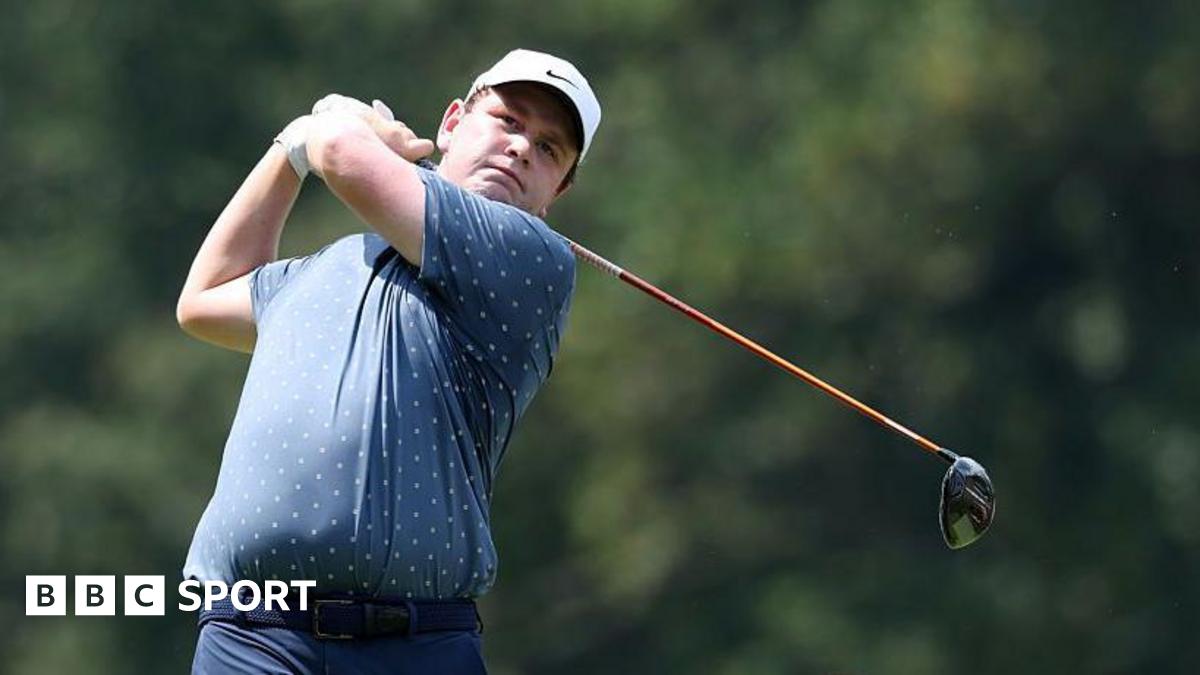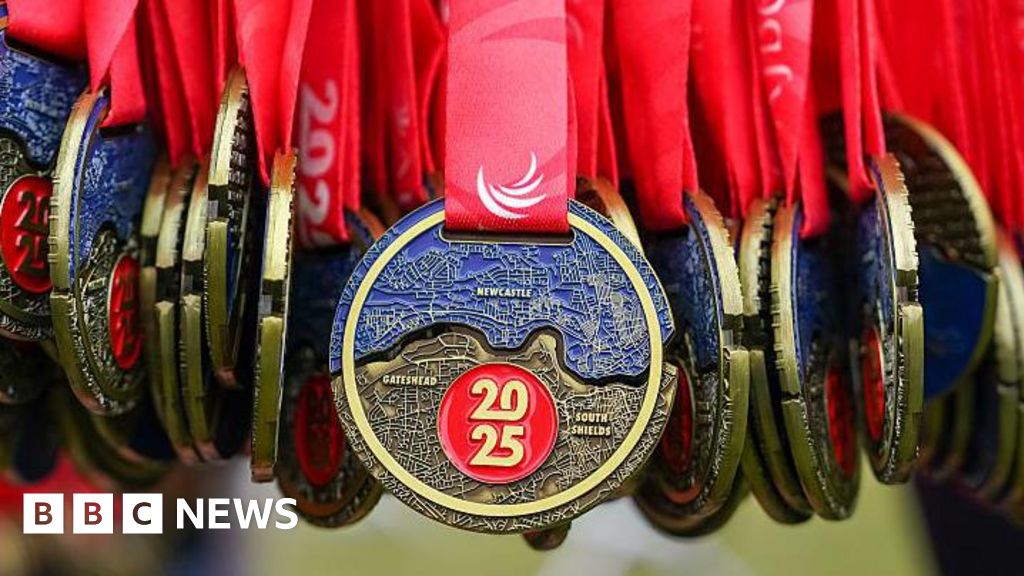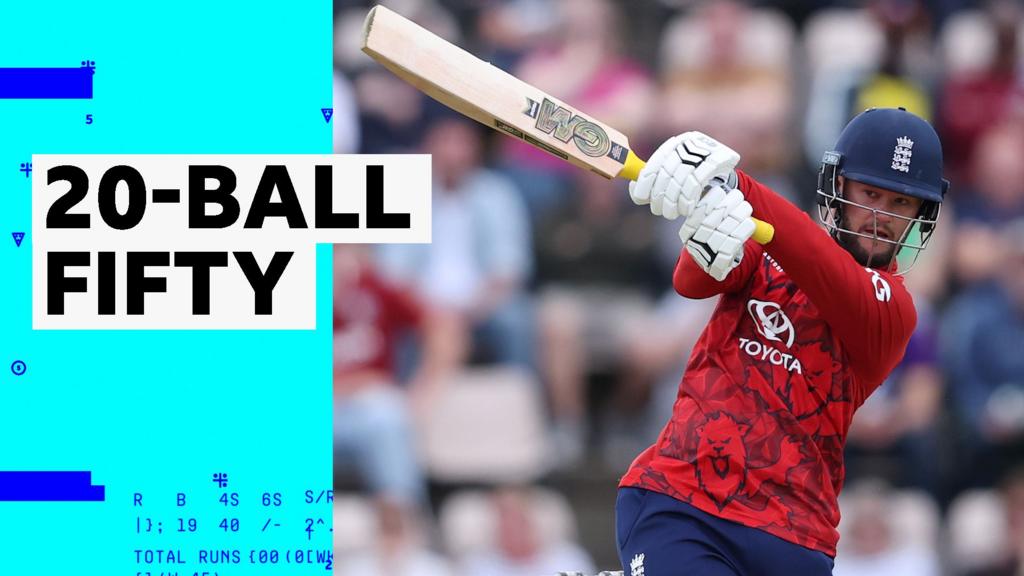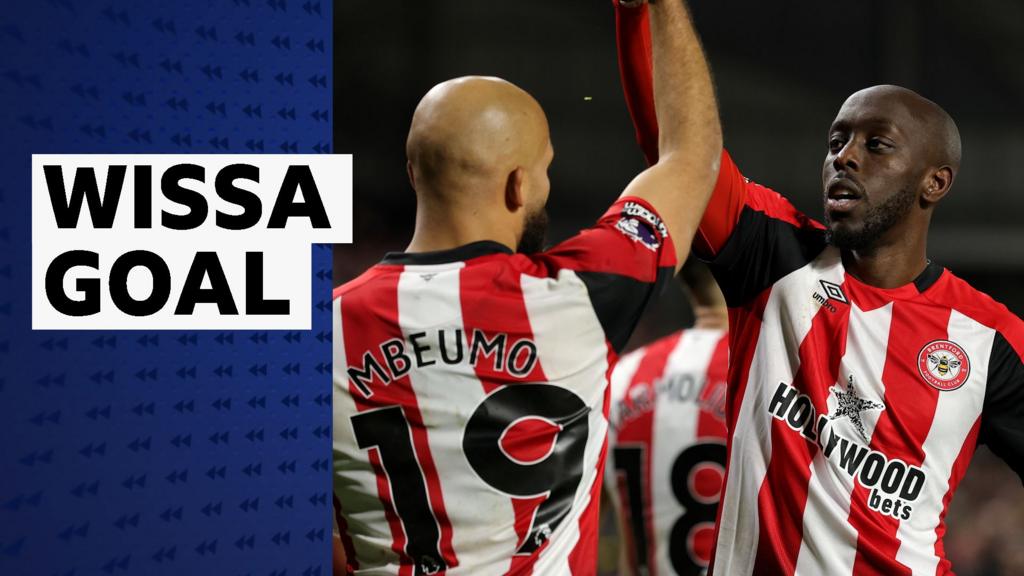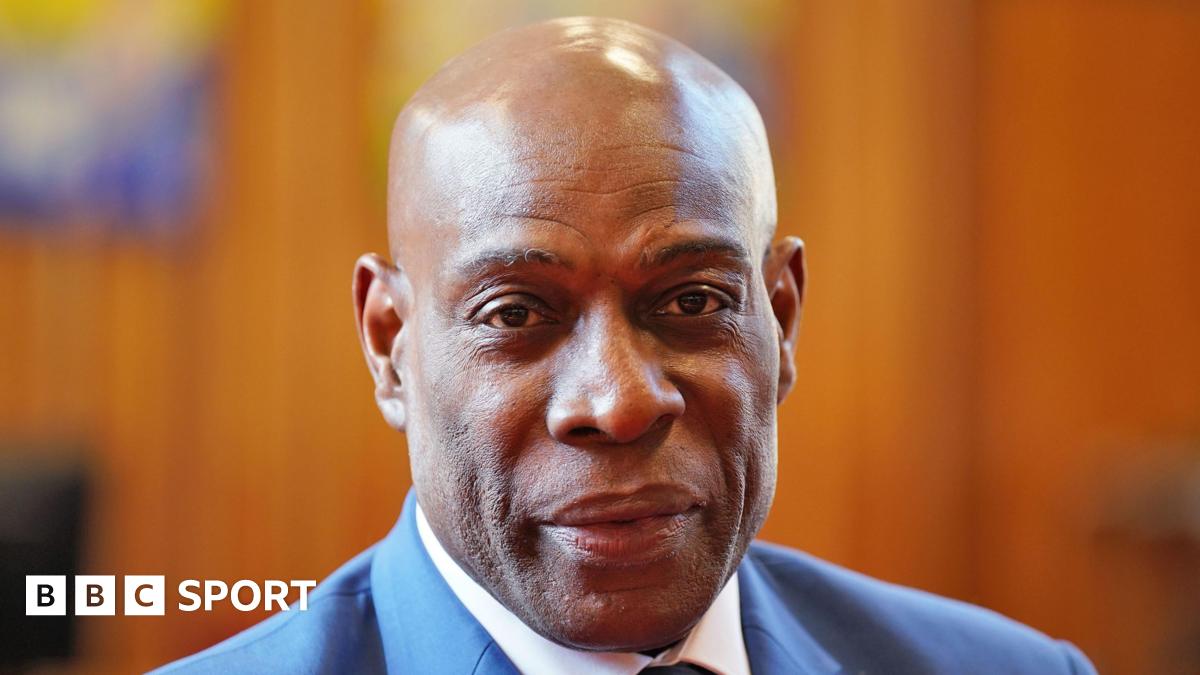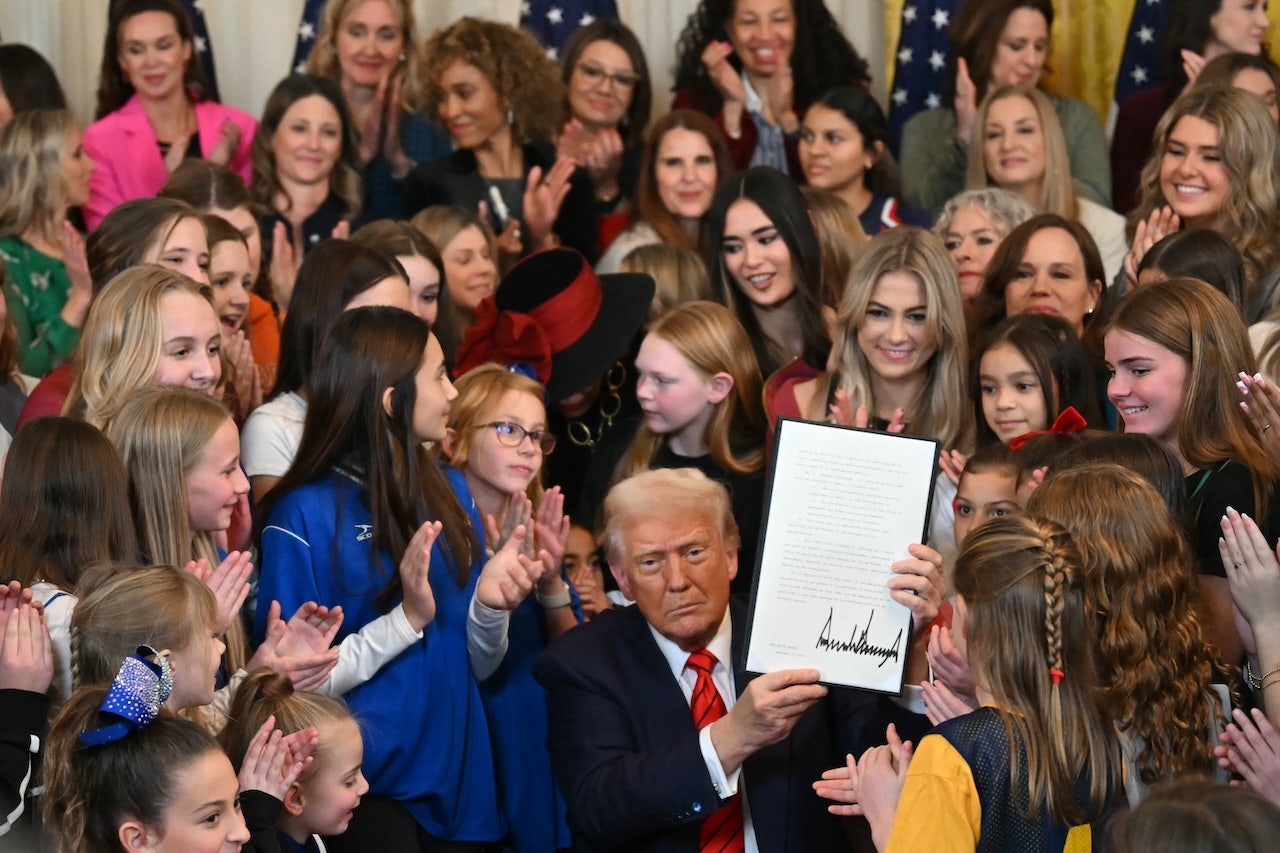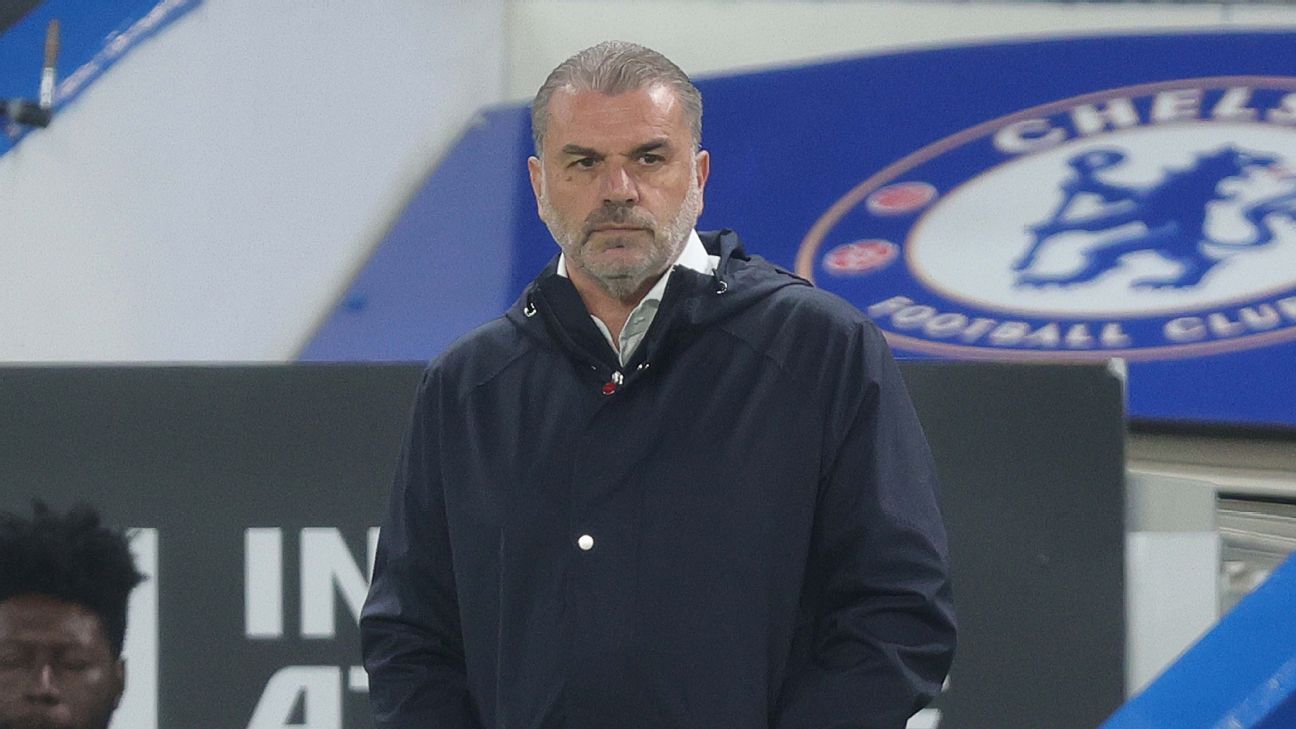Raheem Sterling is at a crossroads. Discarded by Chelsea and marginalized during a seasonlong loan at Arsenal, the 30-year-old will return to Stamford Bridge this summer, most likely looking for a new club and another fresh start.
It is a remarkable fall from grace for one of England’s most-capped players, a highly decorated talent with 11 trophies to his name and a role model for many throughout the game to the extent that he was awarded an MBE award in 2021 for services to racial equality.
Sterling has played for four of England’s heavyweight clubs — Liverpool, Manchester City, Chelsea and Arsenal — with his move to the Gunners last summer viewed at the time as an opportune piece of business that made sense to all parties and one that would revitalize his career. Instead, he faces the most uncertain offseason of his professional life. ESPN looks at how he got here and what might come next.
Arsenal’s deadline day gamble
Sterling was the highest-profile member of the so-called “bomb squad,” a term used in British sports to describe players marginalized by their managers, when new Chelsea head coach Enzo Maresca informed him last summer that he would not be required for Maresca’s first campaign.
Sources told ESPN it came as something of a surprise to Sterling given he had played in all six of the club’s preseason friendlies in the United States and had seemingly forged the basis of a promising relationship with Maresca. However, Chelsea’s need to trim a bloated squad was urgent, and Sterling was left in no doubt that he would have to move somewhere else if he was to avoid an extended spell in the wilderness.
The move to Arsenal happened late in the window. Arsenal pride themselves on having a strategic approach to transfers, with sources telling ESPN that several members of the club’s hierarchy fly out to Los Angeles every November to plan the forthcoming winter and summer windows. Sterling was not among their list of targets, but with Arsenal having opted against bolstering their forward line after Benjamin Sesko chose to sign a new contract with RB Leipzig, figures inside the club acknowledged they could be leaving themselves short in attack without further acquisitions.
Nevertheless, Arsenal began deadline day with no intention to add another player. That was until Chelsea dropped almost all their demands on the final morning of the window in one last push to offload Sterling, whom sources said had rejected a “huge deal” to join a Saudi Pro League club earlier in the summer.
Arsenal discussed the new proposal internally. Financially, it had obvious appeal: There was now no loan fee and Chelsea were willing to pay the majority of Sterling’s £300,000-a-week wage. (One source suggested as much as two-thirds.) Manager Mikel Arteta had also enjoyed a strong working relationship with Sterling during their time together at Manchester City, where Arteta spent three years as a coach under Pep Guardiola before taking the Arsenal job in December 2019. He helped transform Sterling’s game, and the former Queens Park Rangers winger became one of England’s most important players under Gareth Southgate.
Sources said Sterling was enthused by the prospect of reuniting with Arteta and by Arsenal’s potential to challenge for major honors. Personal terms were swiftly concluded, and Sterling was formally announced as a Gunner in the early hours of Aug. 31.
Promising signs, then disappointment
Sterling’s transition across London was made easier by his connections beyond Arteta. Kai Havertz and Jorginho were two former Chelsea teammates. Sterling also played with Gabriel Jesus and Oleksandr Zinchenko at City, while Ben White, Bukayo Saka and Declan Rice were England colleagues.
Sources told ESPN that Sterling was informed during negotiations he would not be a regular starter at Arsenal but would be given regular opportunities to contribute throughout the season, providing valuable squad depth on both flanks.
A goal in his first start — a 5-1 EFL Cup win over Bolton on Sept. 25 — offered encouragement, but he was sacrificed after just 37 minutes in his first Premier League start at Bournemouth on Oct. 19 after William Saliba’s red card, and he wouldn’t start again in the league until Jan. 15. There were six substitute cameos in between, but Sterling struggled for any consistency in selection and therefore rhythm in his game. Arteta could have rotated his key players more often in this period, but the Spaniard has often been reluctant to change a winning team, preferring to focus on a core group who play the vast majority of the season.
Sterling’s profile raised inevitable questions about his lack of involvement, and the answer Arteta publicly gave wasn’t entirely clear. “I would like to see him more, to be fair, and this is down to me,” he said in late November. “He’s trying his best.”
Pushed on whether Sterling would receive more opportunities in the coming weeks, he said, “That’s the intention. That’s why I put him on against [Nottingham] Forest, that’s why I wanted to put him on against Sporting, now getting into that rhythm because he can really impact the team as well.”
Sterling went on to make two appearances in the next seven weeks. Sources said the pair continued to have mutual respect and an open dialogue, but the dynamic was inevitably different from their time together at City, with Arteta now a manager (and therefore having less time for one-on-one instruction) and Sterling a more experienced player. Furthermore, while Sterling’s diligence and professionalism in training has never been questioned, sources told ESPN there were concerns he was struggling to produce the requisite performance level in sessions to convince Arteta he could make a meaningful contribution in matches.
He was, however, rarely given a chance to defy that view. Sunday’s 2-1 final-day win at Southampton was only Sterling’s seventh Premier League start and he never played full consecutive matches in his Arsenal career. There was a sense from all parties that he was always playing catch-up, right from joining after being left out for Chelsea’s first four games of the season, unable to get a run in the team to find form or favor. He ended with no goals, two assists and 310 touches in the Premier League, and a total of 496 minutes across 17 appearances — the equivalent of 5½ full matches.
Arteta was forced to manage for extended periods without Bukayo Saka and Gabriel Martinelli due to injury, while Gabriel Jesus, who also can play out on the right, was ruled out for the rest of the campaign in January. Arguably Sterling’s best game for Arsenal came that month against Girona, when an impactful display was overshadowed somewhat by a stoppage-time penalty miss. Another promising display in March against PSV Eindhoven was a flash of his old quality, but Arteta was still reluctant to turn to Sterling, using Leandro Trossard and on occasion left back Kieran Tierney as a left winger.
Despite Sterling’s personal frustration with his lack of playing time, sources told ESPN that he continued to be a positive influence on Arsenal’s younger players. Myles Lewis-Skelly and Ethan Nwaneri enjoyed breakthrough seasons — the latter in effect taking some game time away from Sterling — and he was an important sounding board for both teenagers. One source added that Sterling regularly attended academy games and spoke in depth with several players, including another teenage right winger, Louis Zecevic-John.
2:34
Sesko vs. Gyökeres! Which striker should Arsenal sign?
Gab & Juls debate whether Arsenal should sign Benjamin Sesko or Viktor Gyökeres.
What happens next?
There was no option or obligation to make Sterling’s loan spell permanent, so he returns to Chelsea this summer. Sources told ESPN that he currently has no interest in moving to Saudi Arabia or to Major League Soccer given his age, for he feels he’s still very much in the prime of his career and can contribute for a top team. Sources added that while Sterling is currently expected to return to Chelsea for preseason, he is highly unlikely to be part of Maresca’s squad for the upcoming Club World Cup.
It seems difficult to imagine a future for Sterling at Stamford Bridge, even though he has two years remaining on his current contract. The club is decidedly different to the one he joined in 2021.
Todd Boehly was a more prominent figure in the early days of the Boehly-Clearlake Capital takeover. Sources said Boehly negotiated the deal to sign Sterling from City — and his personal terms — but more recently Clearlake have taken a more hands-on approach.
Sterling was an important figure behind the scenes in helping young players cope with the instability of Chelsea’s hire-and-fire policy, plus the rapid influx of players as the club committed more than £1 billion on transfers over the next two years. He still registered 13 goal involvements in 2022-23 and 18 in 2023-24.
There are some within the game who believe Sterling was unfairly treated at Chelsea, especially given he always maintained his professionalism at the training ground and never publicly criticized the ownership or management, who were publicly pushing him out by the end of the 2024 summer window. Yet Sterling has shown so little on the pitch over the past year that it would be a gamble now for a top club to take him on.
Sources insist he is not motivated by money, and whether he is willing to take a pay cut remains to be seen, but options in England appear limited given he has already played for four of the traditional Big Six clubs. There would surely be interest from Europe in a player with Sterling’s résumé, although his current salary is a possible stumbling block.
Nobody should write off a player with Sterling’s achievements and experience. But equally, nobody can say with any certainty what comes next.


